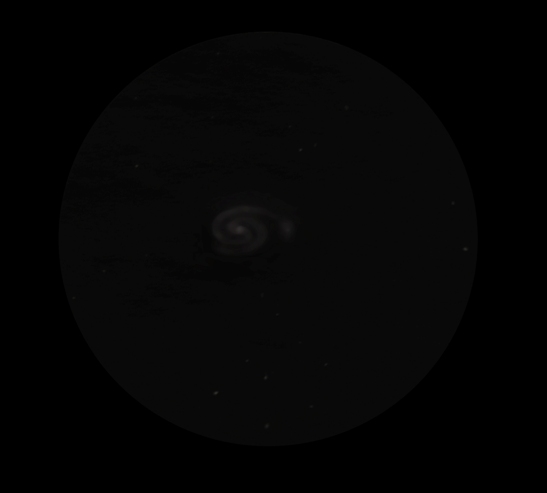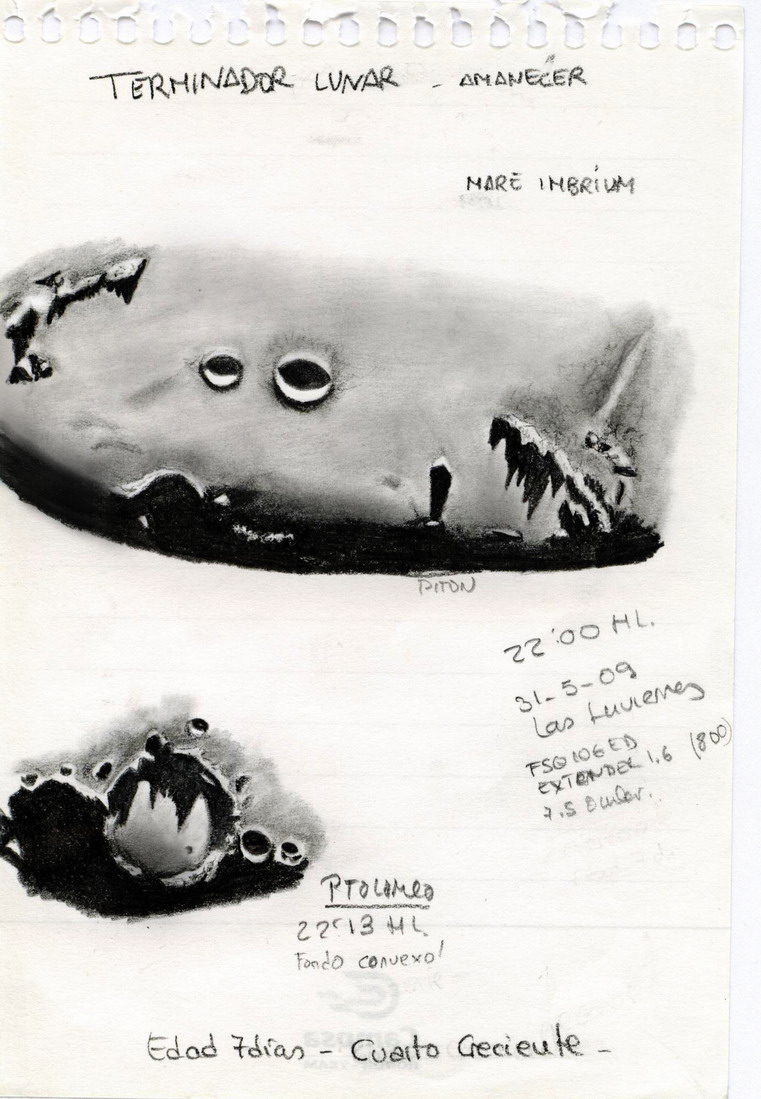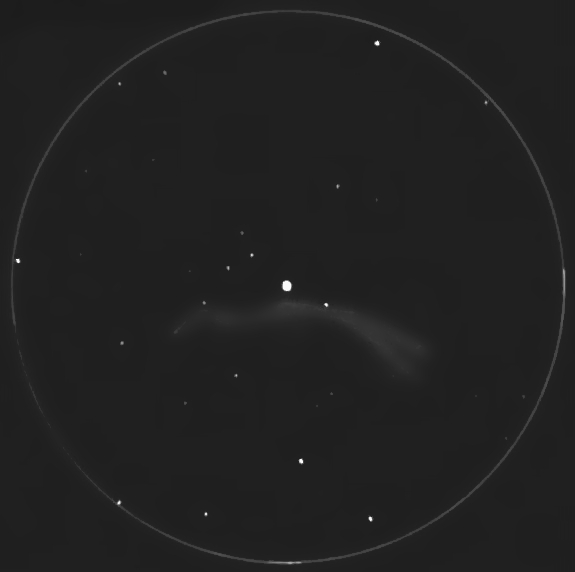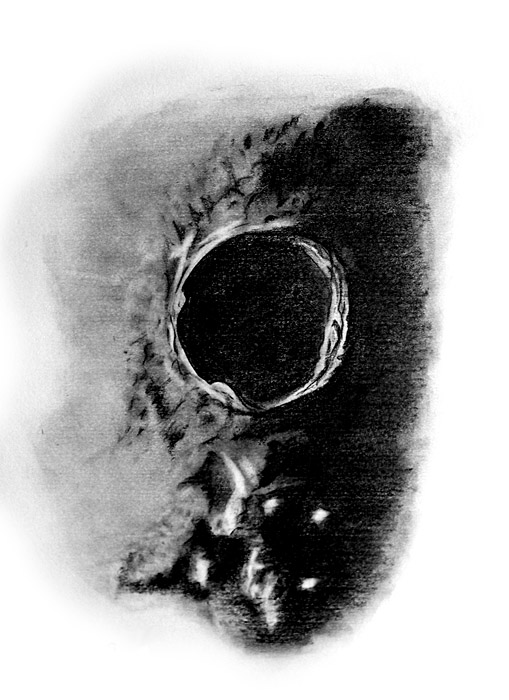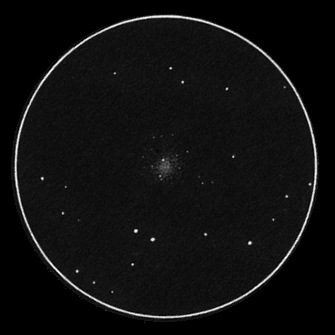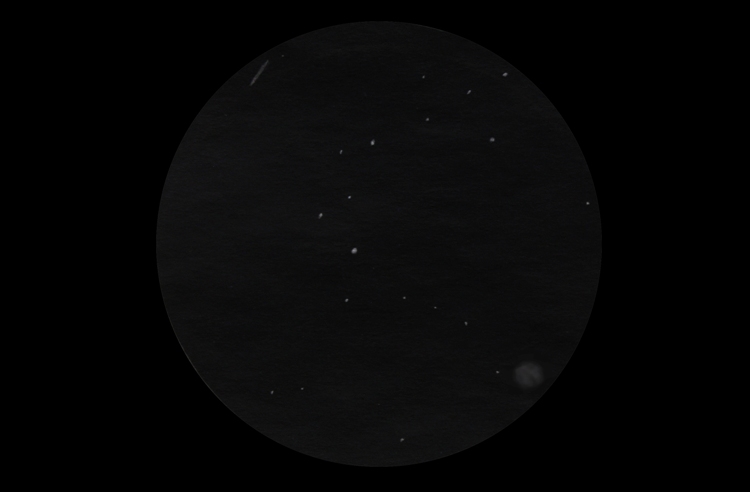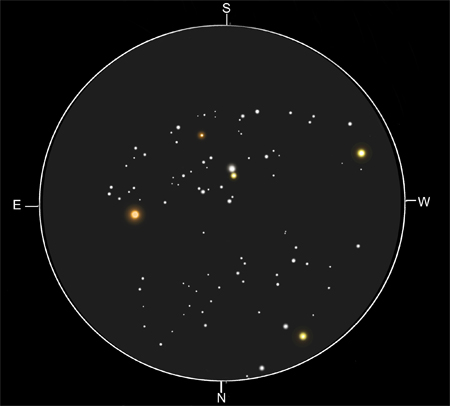
Hyades Open Cluster, Melotte-25
Sketch and Details by Math Heijen
On december 27th 2008 I observed the Hyades with my 12×60 Celestron binoculars, mounted on the SkyWindow. The field of view (FOV) that these binoculars provide is about 5 degrees (300′) and the Hyades are just a little to wide, to fit into FOV. But although I didn’t see the whole cluster in one FOV, the first impression of this cluster was simply stunning. The brilliant deep orange Aldebaran, which actually isn’t a member of the Hyades but a foreground star, dominates the field of view, together with three bright yellow companions. These are three of the four yellow giants of the Hyades: Delta, Gamma, and Theta-1. The fourth is Epsilon (which again didn’t fit in the same FOV). There were many different chains of stars and small asterisms (triangles and other shapes) visible. The northern and southern half’s of the cluster seemed to be more or less divided by a dark empty zone, with almost no stars.
Beside Aldebaran and the three yellow stars, there were two other stars that drew my attention. First of all the brilliant white Theta-2 Tauri, with magnitude 3.3 the brightest star, the Lucida of the Hyades. It makes a beautiful double with the Theta-1, one of the yellow giants. To the south of this nice couple I detected the other prominent star, the reddish M-type variable V1146 (or 84 Tauri). In total I counted about between 75 and 85 stars, but I’m sure with my 300mm Dobson I could double or triple that number easily. According to Archinal and Hynes (Star Clusters, Willmann and Bell) the Hyades contain about 380 stars. This makes it a rich cluster. I could not detect any nebulosity of unresolved stars or of any other kind.
This sketch was made with led-pencil on white paper and later processed in Photoshop. The technique used I learned from Jeremy Perez’s website. If you want to learn more about this object or see a few more sketches of open clusters and double stars, please feel free to visit my website at http://www.starobserver.eu
Clear Skies!
Math Heijen
Netherlands
